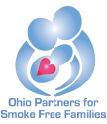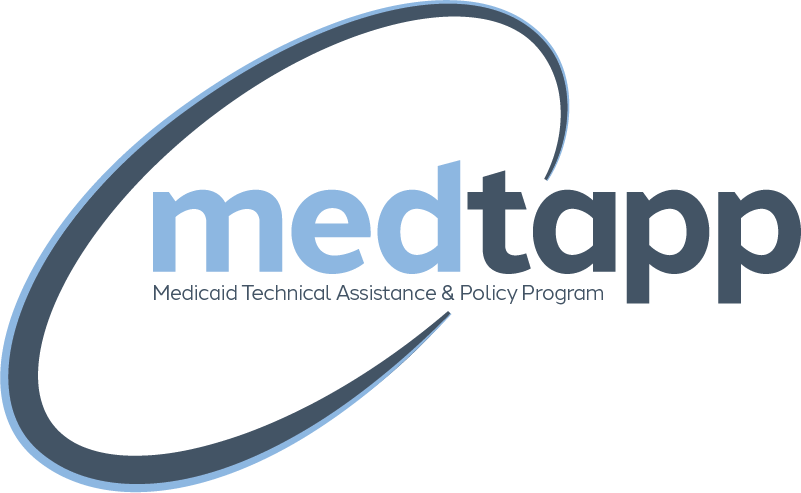The Ohio Smoke-Free Families (SFF) Quality Improvement (QI) Project is an initiative created in response to the high rate of tobacco use in Ohio by women of childbearing age and second-hand smoke exposure to their children. The project aims to improve model fidelity in the implementation of the evidence-based counseling intervention for smoking cessation - 5 A’s (Ask, Advise, Assess, Assist and Arrange) among caregivers with infants.
In order to achieve the project aims, the Ohio Colleges of Medicine Government Resource Center (GRC) utilizes QI science methodology to provide clinicians and other trained personnel effective strategies, tools, and interventions to adopt and implement the 5 A’s brief counseling intervention. Additionally, the SFF project team works with participating sites to identify potential barriers to providing the 5A’s and supports action toward removing those barriers.
The goal of this project is to reduce smoke exposure and infant mortality with combined effort to address second-hand smoke exposure and unsafe sleep practices for children less than 12 months old in Ohio.

Our Objectives
Short-Term Objectives
- Increase the QI skillset of health professionals at participating sites.
- Increase provider knowledge of the 5A’s brief counseling intervention.
- Increase provider adherence to the 5A’s model.
- Improve provider/caregiver communication regarding tobacco use.
- Increase caregiver understanding of the effects of caregiver smoking on infants.
- Increase caregiver access to resources to assist in smoking cessation.
Long-Term Objectives
- Sustain the use of the 5A’s resources at participating sites.
- Expand the use of the 5A’s resources to additional sites in Ohio.
- Reduce caregiver smoking rates in Ohio.
Throughout this site, healthcare professionals and programmatic staff will find resources designed to support them in implementing or improving tobacco cessation services within their organization. Resources for providers is available on the Provider Resources page. Consumer Resources can be accessed on the Help to Quit page.






